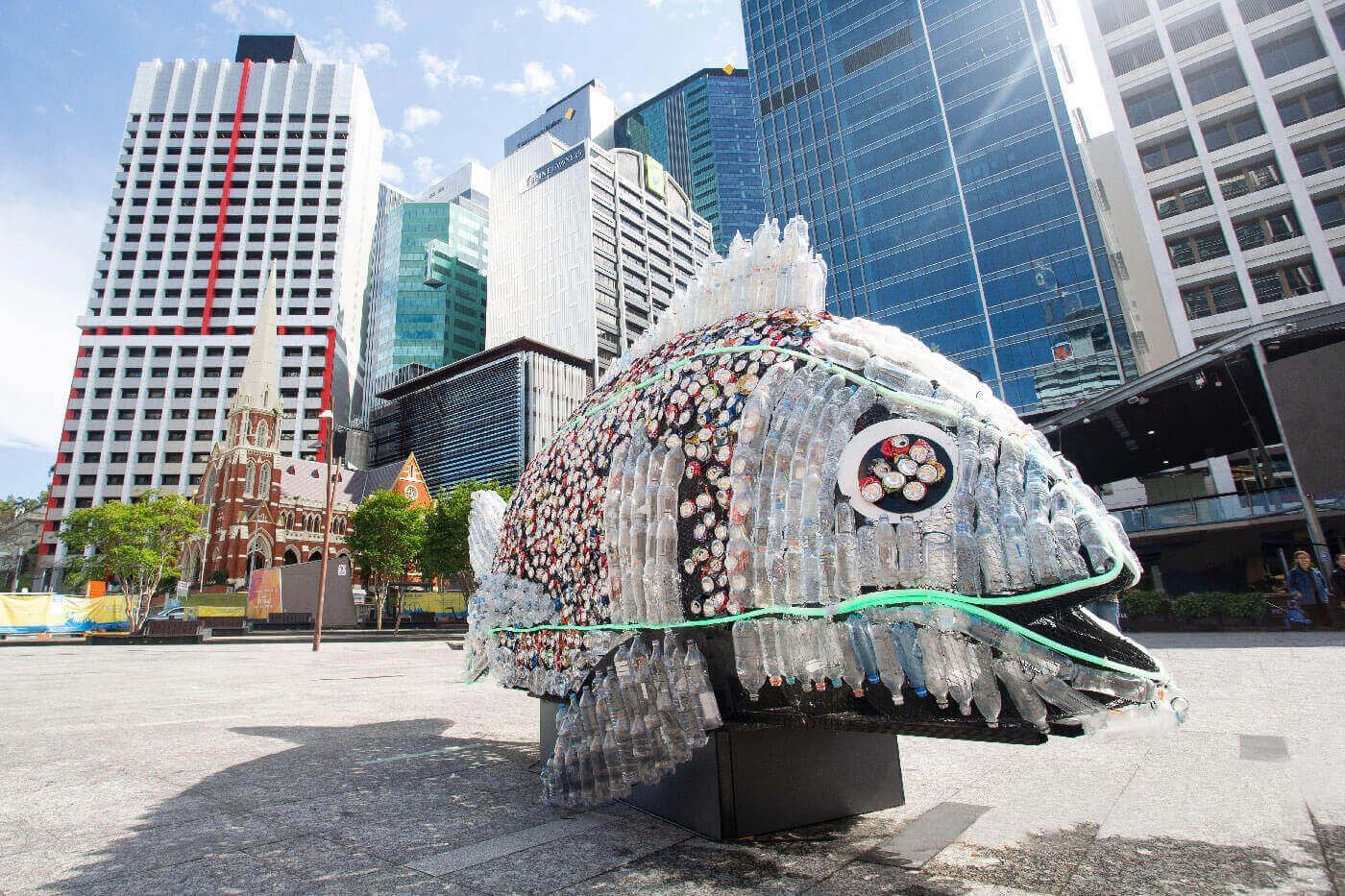How Resignations Can Help Your Business
The mere thought of resignations leads to panic among executives.
Leaders worry that they may be unable to replace that person or that productivity could drop while the recruitment process is carried out.
Fear of resignations is common among business leaders around the world, but this shouldn’t have to be the case.
You don’t have to fear resignations; not every resignation will negatively impact your business. Instead, some can be hidden opportunities that allow you to move your business forward.
In this article, Kingston Human Capital will explain how to turn a resignation into a positive experience for your business.
Plan well. Don't be caught off guard.
Resignations don't have to come as a surprise. Here are three things you can do to reduce your rate of unexpected resignations.
- Keep a retention list. This is a list of the high-value team members that you need to retain. Review that list frequently and ask yourself "what am I doing to keep the people on this list engaged in purposeful work?"
- Identify flight risk employees. Know in advance who your flight risk employees are, and evaluate what impact their exit would have on your organisation. Sometimes the impact is a minor one, other times it will be significant. The important thing is to have thought through the impacts in advance.
- Know what your team members' satisfaction points are. You’d be surprised how many leaders can not answer the following question “what gives Jane a sense of job satisfaction and growth?” Knowledge is power. By knowing what gives them a sense of growth and satisfaction you will improve your ability to curate a more satisfying work experience for your team.
If you can't prevent it - leverage it as an opportunity
Prevention is best but it’s also important to know that sometimes a team member will be intent on leaving. If this is the case, then you can't force them to stay. But you can leverage the situation and use it as an opportunity to aim higher with your next hire.
Aim higher
A common mistake when hiring for a new role is aiming to hire a 'direct replacement'.
While you will need to have someone in the role, you should always be aiming to improve your business with each new hire.
Rather than aiming for a direct replacement, consider this a tactical opportunity and aim to hire someone who brings you at least 20% more than the prior team member.
Bridge skill gaps
Identifying the strengths and weaknesses of the resigning employee can help you when seeking to fill the role. What were their skill gaps? Hire someone who can account for the previous team member’s skill gaps, allowing for an instant improvement in your team’s capability.
Hire for the future
After a resignation, it’s crucial that you look to leverage the opportunity and seek improvement rather than a replacement. Hiring someone as a replacement is hiring for the past rather than the future state of your organisation.
Don't waste the opportunity to learn
Don't waste the opportunity to have someone conduct an exit interview. This allows you to learn from potential challenges and improve things for current employees. This will enhance your staff retention rates.
In the case of a resignation, you may be losing a valuable team member, but it’s important to acknowledge the opportunity and be tactical with your mindset.
Kingston Human Capital has decades of experience in the recruitment field. To learn more about our range of services and how we can help you find the right diamond for your business, click here.
Need help with your talent strategy or recruitment? Book a talent strategy today or attend a webinar.








